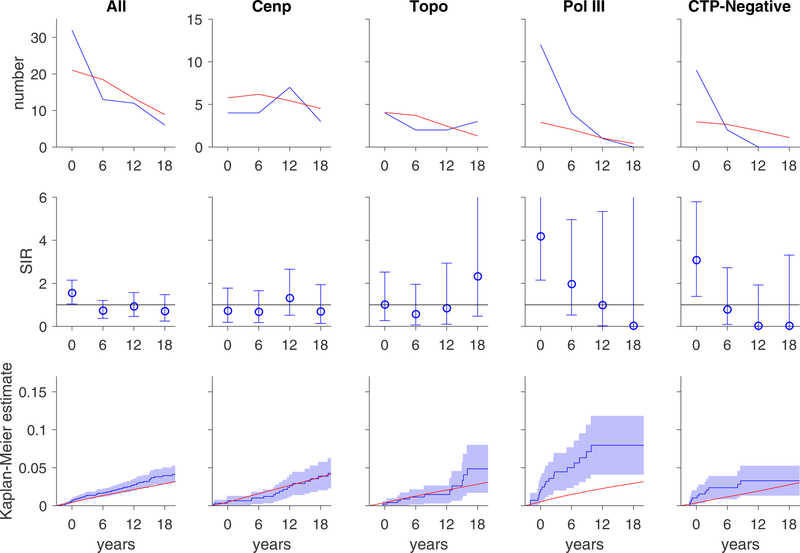Figure 2. Risk of breast cancers over time.
In each graph, the x-axis reflects time from scleroderma onset (defined as time zero). Top and middle rows, each time window represents a 6-year period (±3 years); for example, data plotted at time zero reflects breast cancer risk within ±3 years of scleroderma onset. Top row, the observed number of breast cancer cases (blue) is presented in comparison with the number of breast cancer cases that are expected based on SEER data (red). Middle row, the ratio between the observed and expected breast cancer cases is presented as a standardized incidence ratio (SIR) along with its 95% confidence interval. Values of 1 denote a breast cancer risk equivalent to that of the background population. Bottom row, the cumulative incidence of breast cancer among scleroderma patients (solid blue line) starting at 3 years before scleroderma onset is presented with 95% confidence intervals (shaded blue region). Red lines represent the expected cumulative incidence of breast cancer based on SEER data for the general population. Patients with topo and cenp antibodies do not have an increased risk of breast cancer. Scleroderma patients with pol III antibodies and the CTP-Negative group have an increased risk of breast cancer that is prominent at scleroderma onset. The cumulative incidence of breast cancer is significantly higher than that observed in the general population among patients with pol III autoantibodies.

